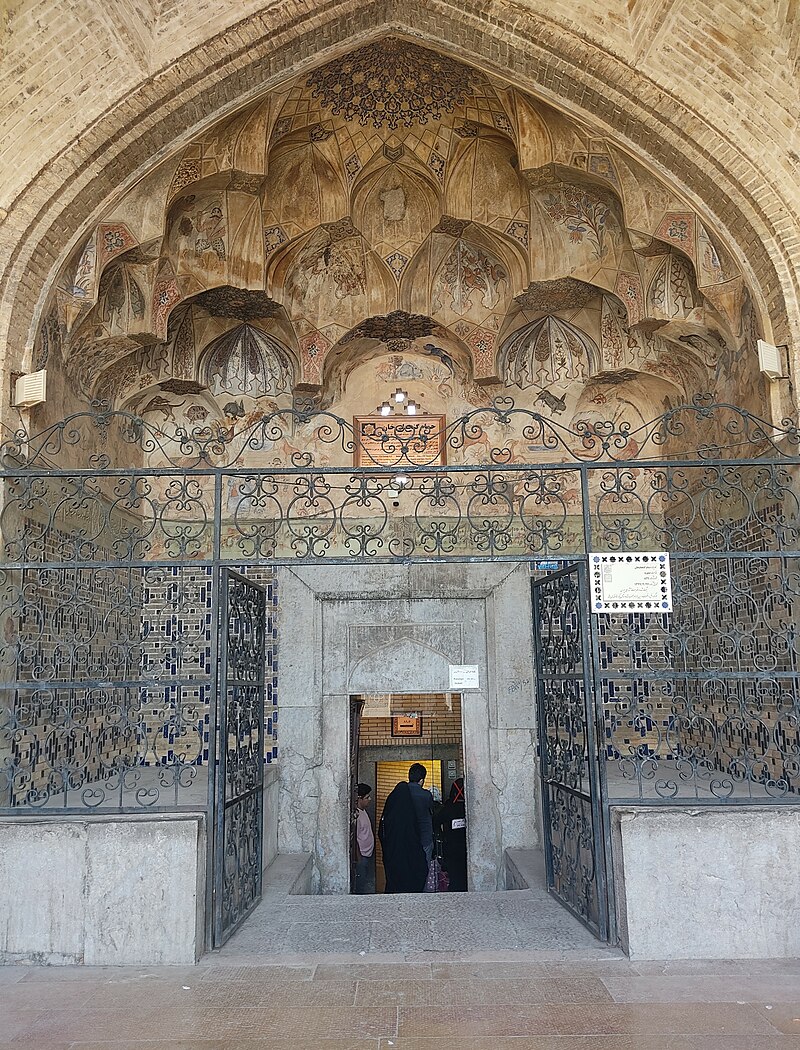Hamam Ganj Ali Khan (Kerman Museum of Anthropology): a journey deep into history and culture
Ganj Ali Khan Bath is a magnificent building from the Safavid era in Kerman city, which is known as the anthropological museum of this city. This bath, which was built in 1020 AH (1611 CE) by the order of Ganj Ali Khan, the then ruler of Kerman, displays a masterpiece of Iranian architecture and art.
Architecture and beauty:
Ganj Ali Khan bath with an area of about 1300 square meters, has a magnificent entrance hall, vestibule, dressing room, greenhouse, treasury and other common parts in traditional Iranian baths.
The decoration of this bathroom is proof of the taste and art of architects and artists of the Safavid period. The use of seven-color tiles, wall paintings, and moqranskari has given this bathroom a stunning beauty.
Museum of Anthropology:
Ganj Ali Khan’s bath was used as Kerman’s Anthropology Museum in 1347 AH after restoration. In this museum, the customs, traditional jobs, and clothing of the people of Kerman have been exposed to the public.
Different parts of the museum:
The first part of the museum is dedicated to introducing the customs of Kerman people throughout their life, from birth to death.
In the second part, the traditional occupations of Kerman people such as agriculture, carpet weaving, and coppersmithing are displayed.
The third part of the museum introduces the clothing of Kerman people in different historical periods.


